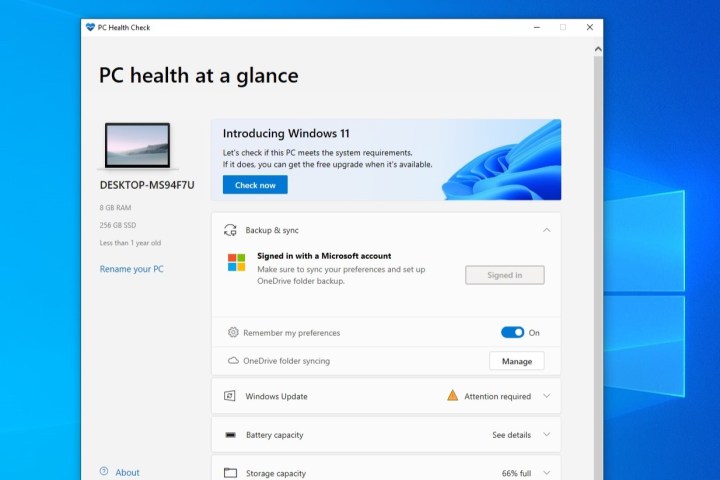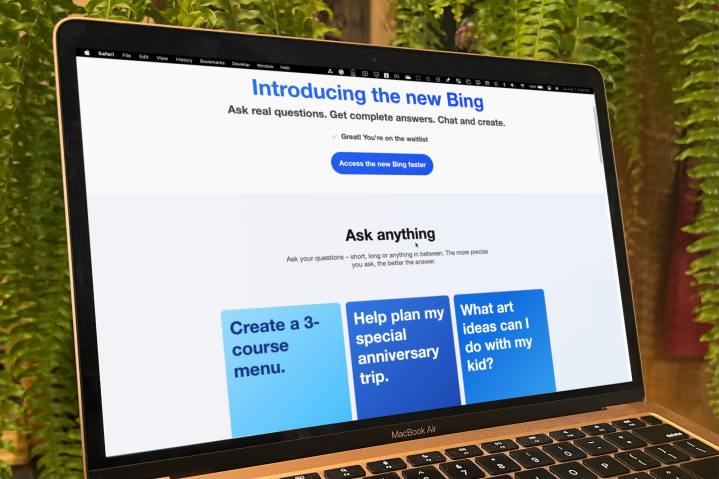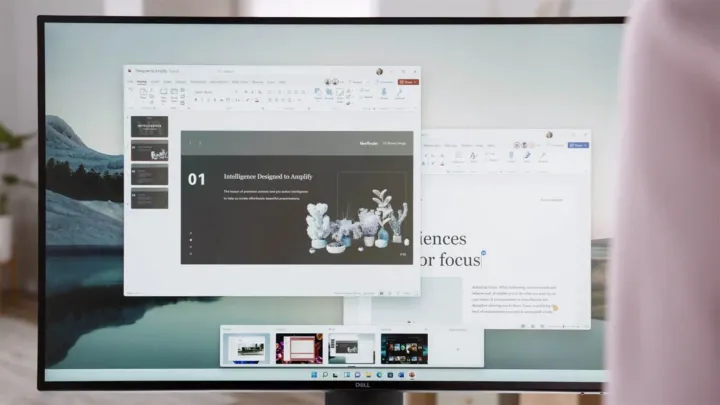Windows 12 might be in development at Microsoft, at least according to the latest rumors. A leak from Intel made mention of Windows 12, and with a new Windows Insider channel promising cutting-edge versions of the operating system, it seems Microsoft is eyeing the next major release.
Windows 11 is less than two years old, but reports say Microsoft could release Windows 12 as soon as 2024. Microsoft hasn’t made any official announcements yet, but it’s still not too early to get a wish list going. Here’s what I want to see out of the next major version of Windows.
A set Windows 12 release date

Windows 11 had a slow rollout. Although anyone could install Windows 11 after its official release date, you had to do it manually. Microsoft slowly rolled out the upgrade through Windows Update to others, making the new version’s release a bit unceremonious.
For Windows 12, I want to see a more confident approach from Microsoft; here’s the new operating system, go play around with it. Microsoft’s switch to a service model for Windows means that updates are rolled out through Windows Update, and it would be great to see the next version of the OS pop up on everyone’s PC simultaneously.
I’m not holding my breath on that, though. Microsoft, rightfully, has an insider program that allows registered users to test out new features before they’re rolled out to the general public, and Microsoft will probably take the same approach for Windows 12. Still, it would be nice to have a more definitive timeline for the new OS, where users can know when to expect the upgrade to hit their PC.
Microsoft hasn’t announced Windows 12’s release date, or that it’s working on the OS at all. The most we have to go on is a report from Zac Bowden at Windows Central, who says that sources claim Microsoft is switching to a release cadence of three years between major Windows updates. That should mean we see Windows 12 in the fall of 2024, but it’s too soon to say right now.
Broad compatibility

Windows 11 caught a lot of flak for requiring a Trusted Platform Module (TPM) to be installed on your PC, along with strict CPU requirements. This was, according to Microsoft, an effort to raise the bar for security across the Windows ecosystem by pairing modern security with a modern OS.
It stung at the time, but Microsoft has made big strides since the announcement of Windows 11 (PC gamers, who mainly felt the brunt of the TPM issue, have started flocking to Windows 11). For Windows 12, I hope Microsoft can stick with the same security system it established in Windows 11 so upgrading isn’t as tough, especially on custom-built PCs.
If Microsoft wants to raise the requirements again, at the very least, I hope there are fewer restrictions on installing Windows 12. An annoying watermark has continued to surface on Windows 11 PCs that aren’t properly configured for the OS, even when they’re fully supported. Hopefully, Microsoft can handle the next version with a bit more grace. Even today, custom PCs that are supported by Windows 11 will say they aren’t due to configuration issues.
Free upgrade from Windows 11

This is probably a given, but Windows 12 should be a free upgrade to Windows 11. Microsoft still sells new licenses for Windows 11, but anyone using a licensed version of Windows 10 can upgrade for free. Hopefully, Microsoft will keep that same system in place for Windows 12.
A big reason why I’d like to see this is because of the increasing amount of data Microsoft gathers about Windows users. Since Windows 8.1, Microsoft has offered subsequent versions of the OS for free, and mostly because the OS has turned into a service that Microsoft is able to monetize thought data collection and advertising. I don’t suspect that will change with Windows 12.
Although some privacy-focused folks have justified issues with Microsoft’s data collection, those efforts mean that Windows updates remain free for license holders, rather than being $100 or so upgrades, as was the case in previous Windows versions.
Dense AI features

Microsoft’s multibillion investment in OpenAI is already revolutionizing every part of the company, from Bing Chat to AI features throughout Skype. In Windows 12, I want to see AI touch every part of the OS.
There are some AI-powered features Microsoft already has. Windows 11 includes AI-powered voice typing as an accessibility feature, for example, and AI helps improve background blur and noise reduction in Teams. That’s not to mention Bing Chat itself, which is integrated directly into the search bar in Windows 11.
For Windows 12, it’s hard to say where Microsoft could apply AI. One area where I’d like to see a larger focus is productivity, where it can leverage AI in Focus Sessions, notifications, and Widgets to provide more relevant information and create a schedule based on your usage patterns.
More customization options

Windows 11 brought a much-needed face-lift to Microsoft’s OS. Rounded corners, a centered taskbar, and updated icons across the board make Windows 11 feel like a much more modern OS. However, Microsoft traded the customization Windows is known for in the process.
In Windows 12, I want to see deeper customization options. There are several tools that make Windows 11 look like Windows 10, and I want to see Microsoft integrate those features into the OS itself. In particular, I want to see options for moving the taskbar to different sides of the screen, changing Start menu styles, and disabling features like widgets.
Editors' Recommendations
- The Windows Copilot puts Bing Chat in every Windows 11 computer
- Is macOS more secure than Windows? This malware report has the answer
- More details leak about a modernized, modular Windows 12
- One of Windows 11’s most requested features may launch soon
- New Windows 11 update adds ChatGPT-powered Bing AI to the taskbar




